For over 1,500 years, since its founding in 495 AD, Shaolin Temple has been more than just a cradle of martial arts. It’s also the guardian of Shaolin Zen Medicine – a unique and authentic treasure of Chinese culture, recognized as an Intangible Cultural Heritage of Humanity. This profound tradition blends Buddhist compassion with ancient healing arts, offering timeless wisdom for body and mind.
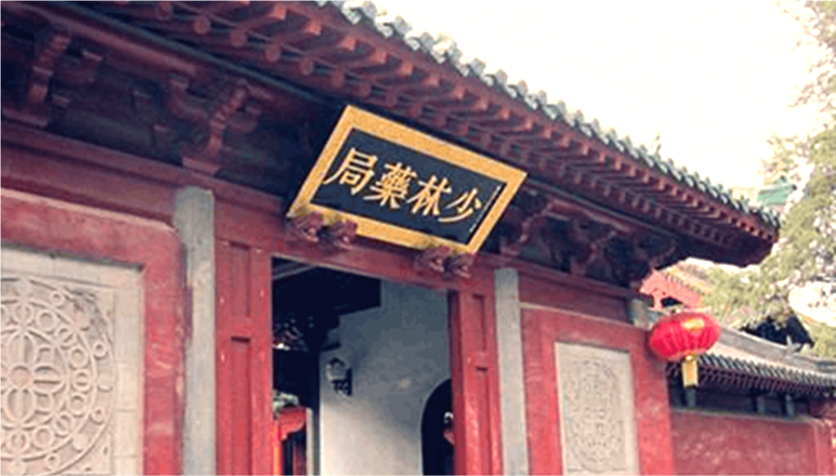
Buddhist Medicine: The Path of the “King of Physicians”
Buddhist medicine is deeply intertwined with spiritual practice, holding a revered place in Eastern healing traditions. It seeks true, root-level healing. The Buddha himself, known as the “Great Physician King,” spent years teaching methods to alleviate suffering, including the Medicine Buddha practices. In China, this Buddhist medicine merged with traditional Chinese healing, giving rise to distinct lineages like Shaolin Traumatology – the most influential of its kind.
A Millennium-Old Healing Legacy
Shaolin’s medical heritage stretches back over a thousand years, evolving alongside its Kung Fu:
- Roots in Antiquity: Begun in the Wei-Jin period (3rd-6th c.), nurtured during the Tang & Song dynasties (7th-13th c.), solidified as a distinct school in the Ming (14th-17th c.), and further developed in the Qing (17th-20th c.).
- The Monk-Physician Ideal: Shaolin’s greatest masters were almost always experts in three arts: Chan (Zen), Wu (Martial Arts), and Yi (Medicine). Figures like Tan Zong (Sui/Tang), Zhi Zheng, Zhi Zhun (Ming), De Chan (modern era), and countless others throughout history embodied this trinity, serving their country and people with their combined skills. Their bone-setting and trauma treatments, grounded in TCM theory, became an indispensable part of Chinese orthopedics.
- The Shaolin Pharmacy (Yao Ju): A landmark moment came around 1217 AD when Abbot Zhi Long established the Shaolin Pharmacy. As recorded by the renowned Jin/Yuan historian Yuan Haowen in his Record of the Shaolin Pharmacy, this institution provided free medical care and medicine – first for monks’ injuries, then for the wider community. Generous donations from grateful patients sustained it. For nearly 800 years, despite interruptions by war, the Pharmacy served countless people.
- Treasures of Knowledge: The Pharmacy monks possessed not only remarkable therapeutic Qigong systems like the famous Yijin Jing (Muscle/Tendon Changing Classic) and Shaolin Neigong (Internal Skill), but also safeguarded a vast collection of secret, highly effective formulas passed down through generations – formulas for longevity, healing, and saving lives. By the Republican era, Shaolin medicine encompassed millions of words of theory and over a thousand prescriptions, though monastic vows kept much of this knowledge closely guarded. Yuan Haowen praised not just the secrets, but the Pharmacy’s unparalleled ethics and skill in preparing medicines perfectly suited to time, place, and patient needs.
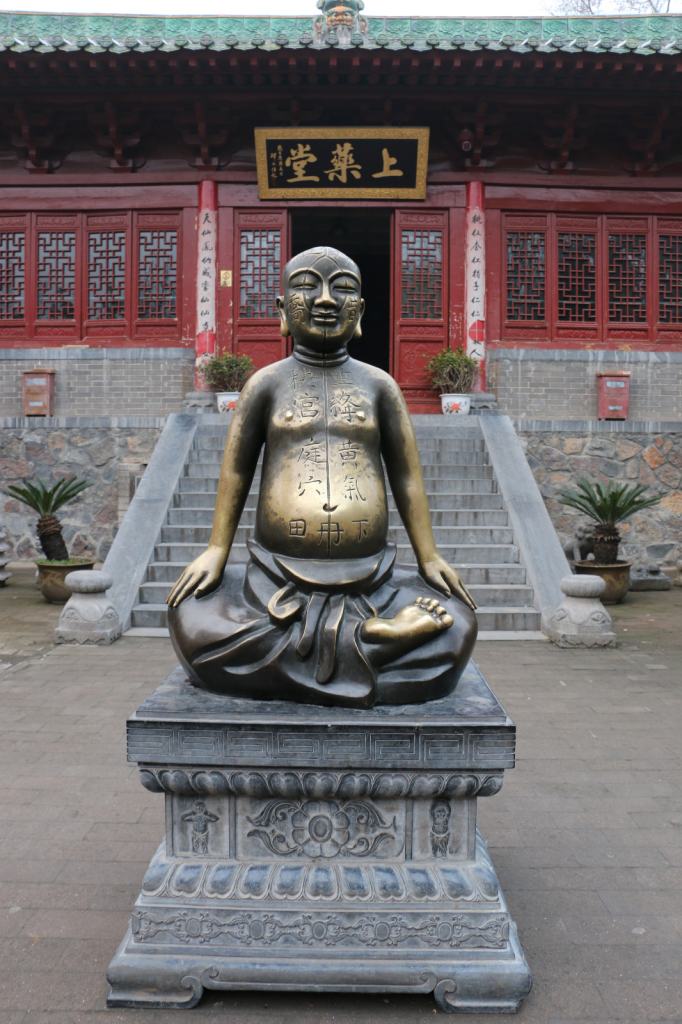
Growth Under Visionary Leaders
- Abbot Fuyu (Yuan Dynasty): Following the famous Buddhist-Daoist debate victory in 1260 (where Fuyu represented Buddhism before Kublai Khan), this powerful Abbot, also head of all Buddhist clergy in China, significantly developed the Shaolin Pharmacy. He championed the principle: “Specialize in Traumatology while also mastering Internal Medicine and Pediatrics; treat both monks and laypeople – this is true liberation of all beings.”
- Ming Dynasty Refinement: Shaolin established a comprehensive medical system with defined roles: the “Medical Seat” (chief physician), the “Pharmacy Department” (responsible for herb cultivation and medicine preparation), and even a monastic medical school to train specialist monk-doctors.
- Modern Revival: After a period of decline, the current Abbot, Venerable Shi Yongxin, spearheaded a major revival. In 2000, the precious Secret Medical Treasures of Shaolin Kung Fu was published after three years of meticulous work, containing formulas passed to him by the 29th Abbot, Xing Zheng, on his deathbed. This treasure is now held in prestigious collections worldwide, including China’s National Museum and Library, and the Swedish Royal Collection. Crucially, in 2004, the Shaolin Pharmacy was officially reopened, recommitting to its mission of serving humanity with compassionate, Buddhist-inspired healthcare.
The Essence of Shaolin Zen Medicine
Shaolin Zen Medicine builds upon traditional Chinese medical theory but is uniquely anchored in Zen meditation (Chan Ding). Its core principles involve:
- Silent Illumination & Mindfulness: Cultivating deep awareness.
- Breath, Qi, and Meridian Theory: Understanding the body’s vital energy flow.
- Diagnostic & Therapeutic Techniques: Utilizing visualization (“Guan Xiang”), energy transformation (“Qi Hua”), therapeutic movements (“Dao Yin”), and acupressure (“Dian Mo”).
The Power of Integration: Movement and Stillness
- The legendary Yijin Jing and Xisui Jing (Marrow/Brain Washing Classic) attributed to Bodhidharma (though likely later developments embodying his legacy) exemplify Shaolin’s unique approach. These systems combine dynamic exercises with meditative stillness to strengthen the body, improve circulation, activate bone marrow, enhance immunity, and calm the mind.
- The deepest healing comes from the “Zen Mind.” By cultivating a pure, clear heart through meditation, practitioners address the root causes of disease – attachment and delusion – aiming for true clarity and insight (Ming Xin Jian Xing). This integration of physical cultivation and mental/spiritual purification is the hallmark of Shaolin Zen Medicine.

A Living Legacy for Modern Times
Shaolin Zen Medicine is a vast, profound, and precious heritage – a testament to centuries of refinement by generations of monk-physicians within the temple walls. Its meticulously guarded formulas, compiled into texts that survive today, represent a pinnacle of ancient Chinese medical wisdom.
Today, the revived Shaolin Pharmacy stands as a bridge between this ancient wisdom and the modern world, dedicated to sharing the healing power of compassion, skilled practice, and the profound integration of body, mind, and spirit that defines the Shaolin way.
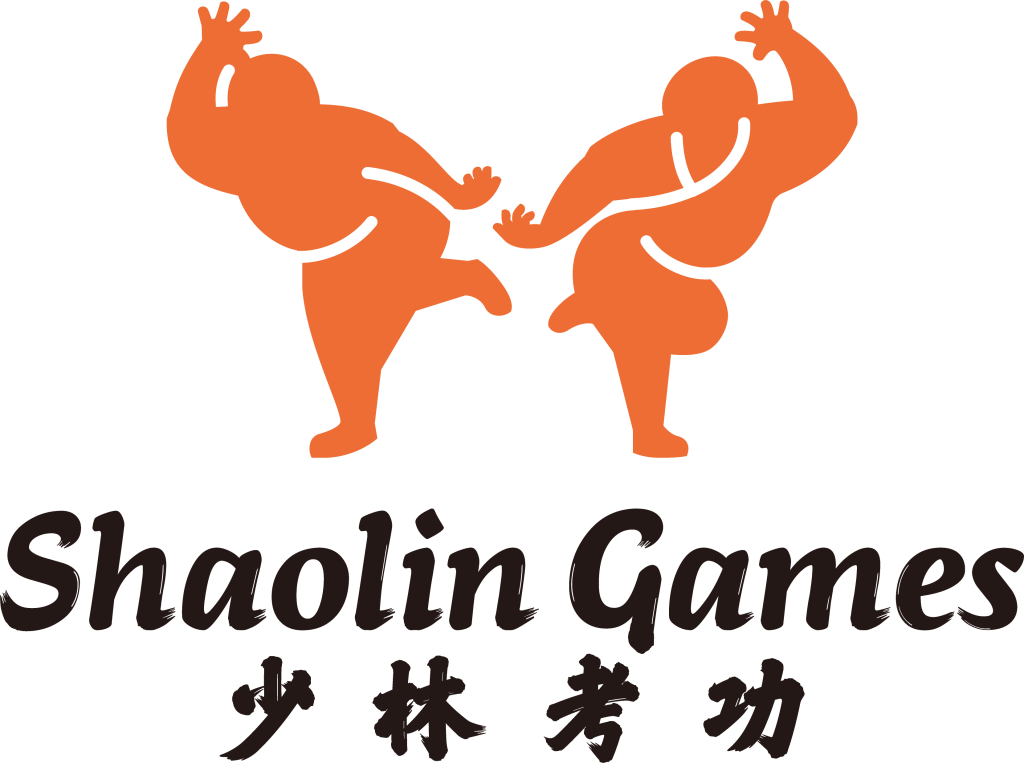
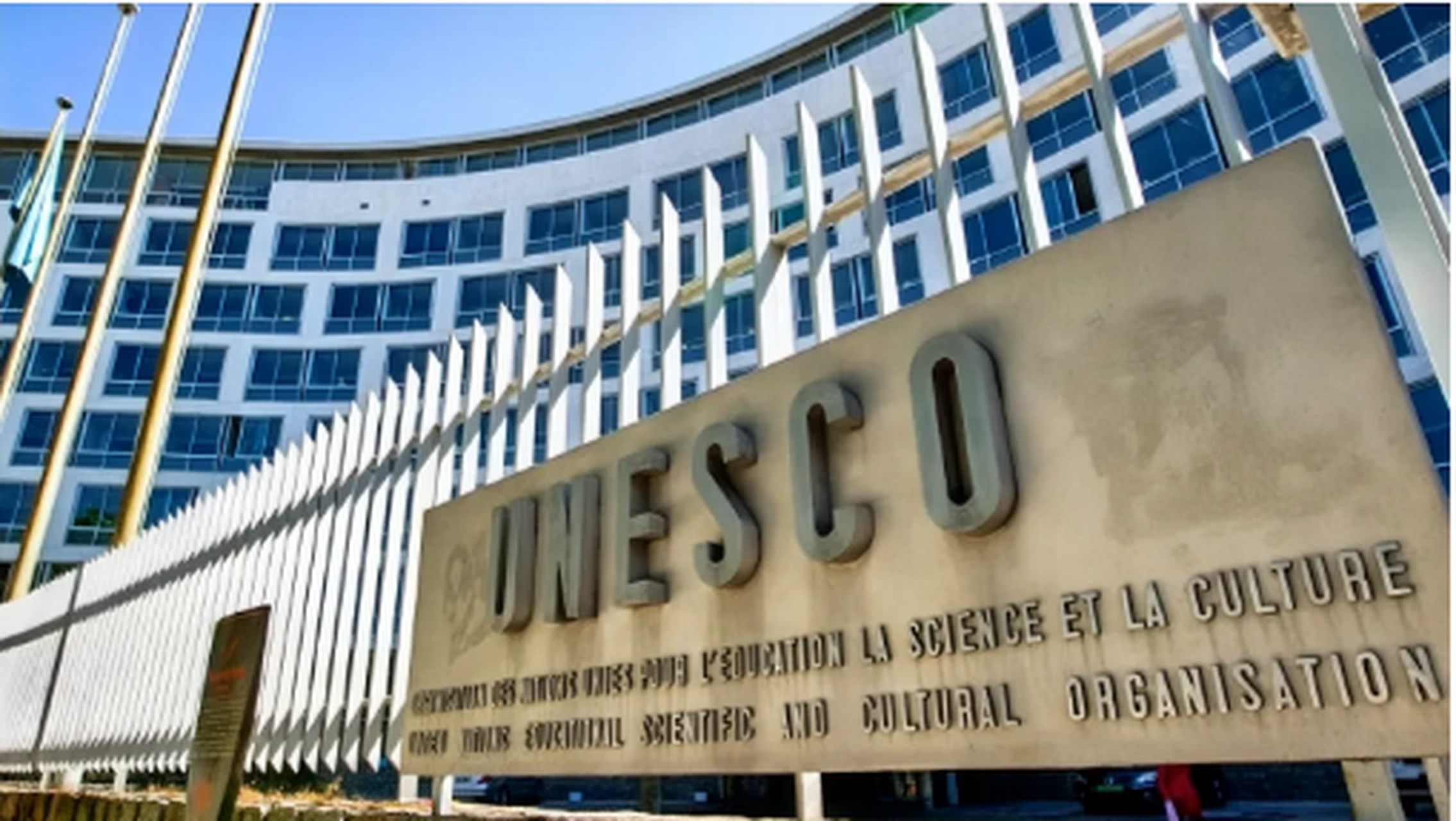
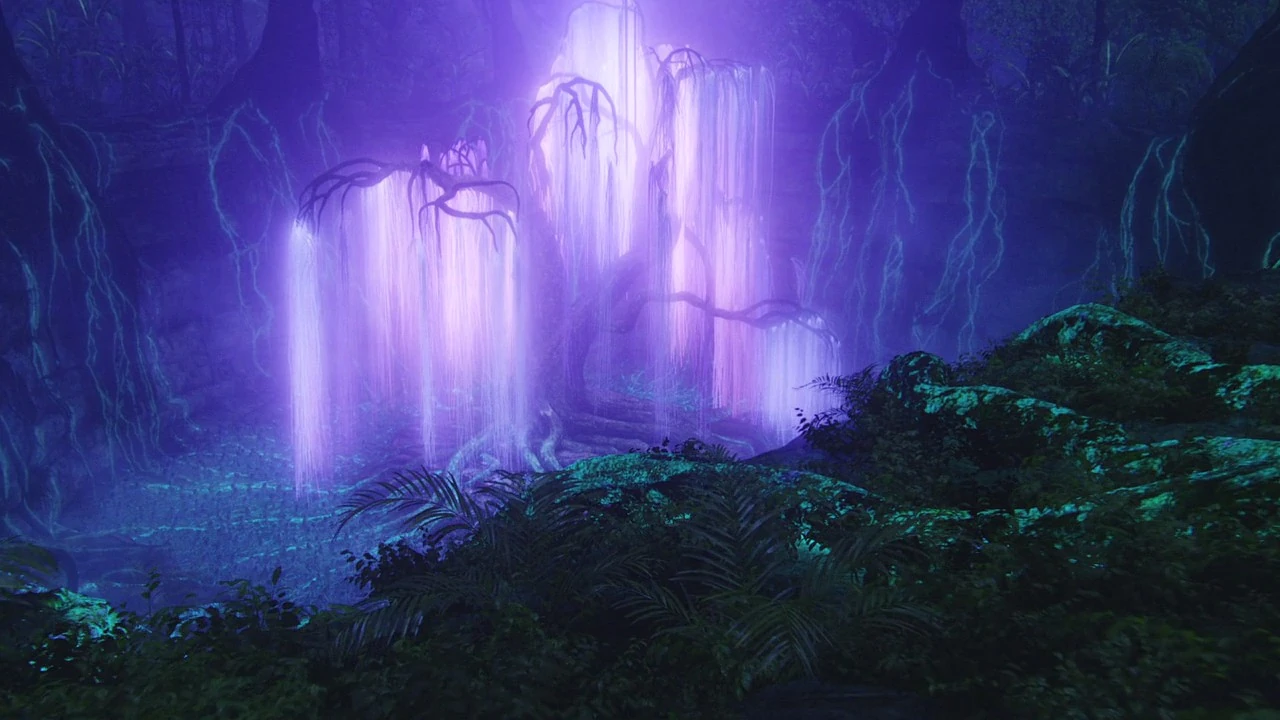

Leave a Reply